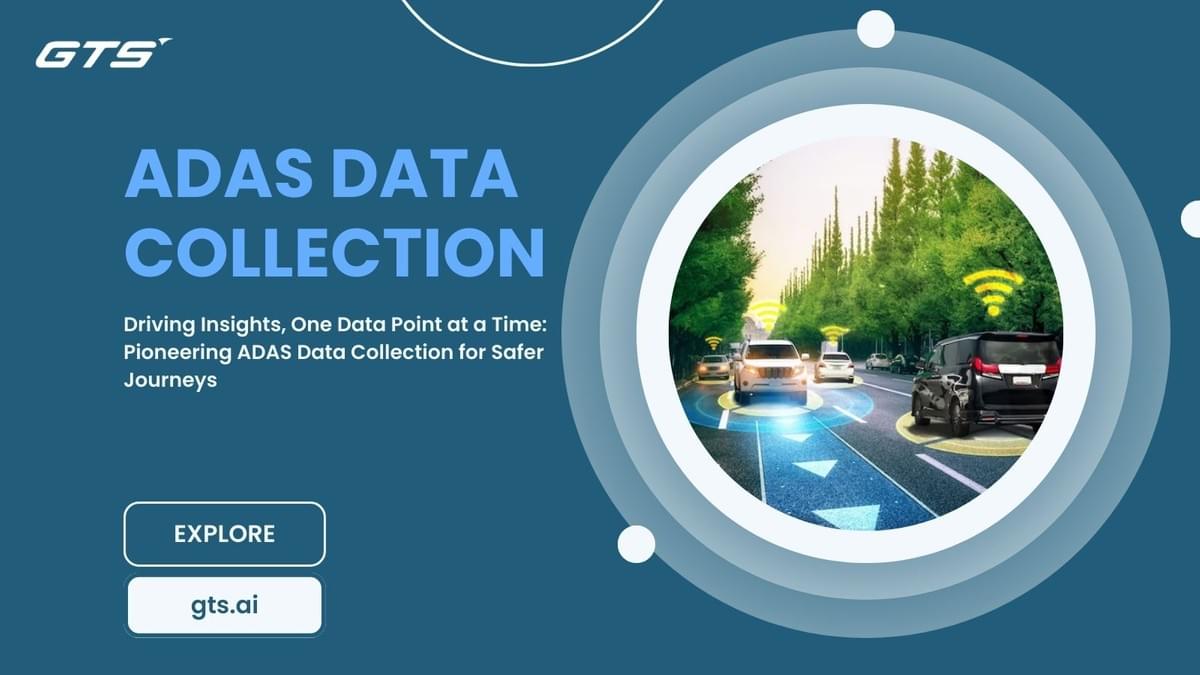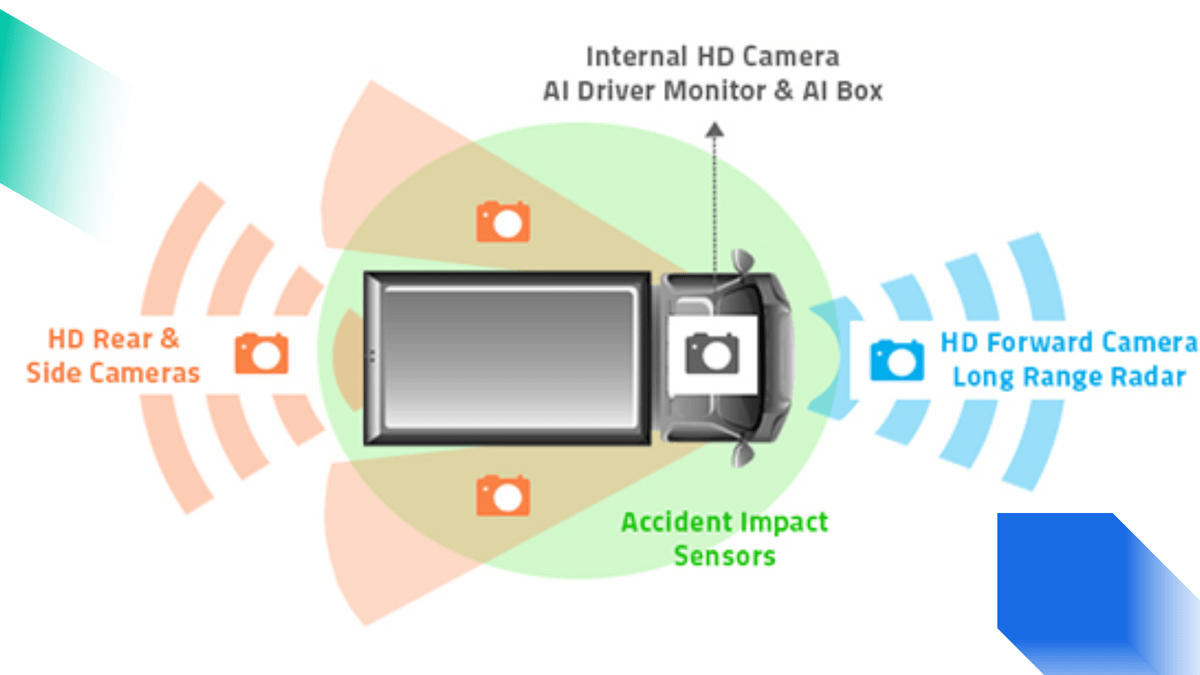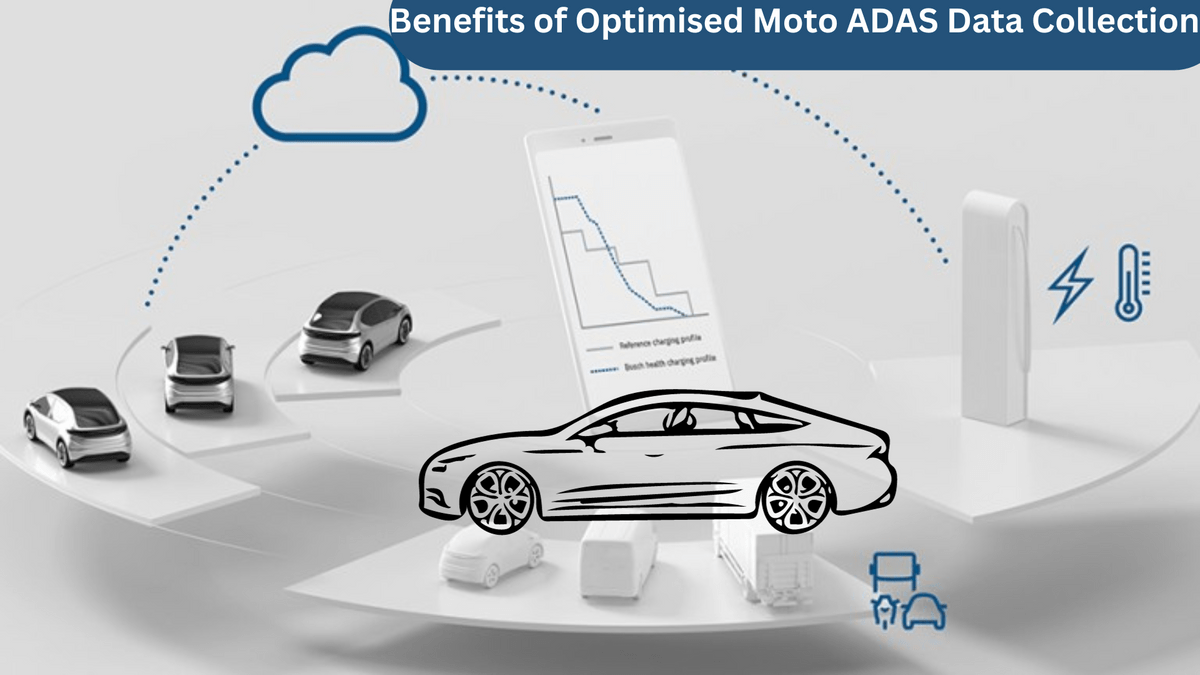
Introduction:
Autonomous Driving is rapidly transforming the automotive industry, promising safer and more efficient transportation. The development of self-driving vehicles heavily relies on Advanced Driver Assistance Systems (ADAS) and the availability of high-quality training data. ADAS data collection plays a pivotal role in training machine learning models to understand and navigate complex road environments. In this blog post, we will explore the importance of ADAS Data Collection for autonomous driving and discuss techniques to optimise Moto ADAS data collection for machine learning applications.
The Significance of ADAS Data Collection:
ADAS data collection serves as the foundation for training and refining machine learning models used in autonomous driving. By collecting data from various sensors, such as cameras, LiDAR, and radar, ADAS systems capture critical information about the road, objects, and environmental conditions. This data enables machine learning models to learn from real-world scenarios, improving their ability to make accurate predictions and decisions. ADAS data collection is essential for achieving high levels of safety and reliability in autonomous driving.
Optimising Moto ADAS Data Collection:

- Sensor Fusion for Comprehensive Data: To capture a complete and accurate representation of the road environment, Moto ADAS Annotation should employ sensor fusion techniques. Combining data from multiple sensors, such as cameras, LiDAR, and radar, provides a more comprehensive view of the surroundings. Sensor fusion enhances the understanding of objects' positions, velocities, and semantic information, enabling machine learning models to make informed decisions in complex driving scenarios.
- Diverse Scenarios and Edge Cases: To ensure the robustness and adaptability of machine learning models, Moto ADAS data collection should include a wide range of driving scenarios and edge cases. This diversity exposes the models to various road conditions, weather situations, and challenging scenarios. By incorporating rare and difficult cases into the dataset, the machine learning models can learn to handle unexpected situations, improving their overall performance and safety.
- Annotation for Ground Truth Labels: Accurate annotation of ADAS data is crucial for training machine learning models effectively. Ground truth labels, such as object detection, semantic segmentation, and lane markings, provide reference information for the models to learn from. Precise and consistent annotation ensures that the models can understand and interpret the ADAS data accurately. Leveraging advanced annotation tools and techniques, such as AI-assisted annotations, can streamline the annotation process and enhance annotation quality.
- Data Augmentation for Increased Variability: To further enhance the performance and generalisation capabilities of machine learning models, data augmentation techniques can be applied to Moto ADAS data. Data augmentation involves artificially generating variations of the collected data, such as adding noise, changing lighting conditions, or adjusting perspectives. By augmenting the dataset, models can learn to adapt to different environmental factors and variations, improving their ability to handle real-world scenarios.
Benefits of Optimised Moto ADAS Data Collection:
Optimising Moto ADAS data collection provides several benefits for autonomous driving development:

- Improved Model Accuracy: High-quality and diverse ADAS data enable machine learning models to learn from a broad range of scenarios, leading to improved accuracy and reliability. The models can better understand and respond to complex road environments, enhancing the safety and performance of autonomous driving systems.
- Enhanced Generalisation: By including a wide variety of scenarios and edge cases in Moto ADAS data collection, machine learning models can develop robust generalisation capabilities. This enables them to handle unfamiliar situations and adapt to new environments, making autonomous vehicles more capable and safe.
- Accelerated Development and Testing: Optimised Moto ADAS data collection expedites the development and testing of autonomous driving systems. By collecting comprehensive and diverse datasets, developers can train models more efficiently, reducing the time required for model iteration and improvement.
Conclusion:
Optimising Moto ADAS data collection is crucial for accelerating progress in autonomous driving. By employing sensor fusion techniques, capturing diverse scenarios, accurate annotation, and data augmentation, companies can enhance the quality and variety of ADAS data used for training machine learning models. This, in turn, leads to improved model accuracy, enhanced generalisation, and accelerated development and testing of autonomous driving systems. As the autonomous driving industry continues to evolve, companies that prioritise optimised Moto ADAS data collection gain a competitive advantage. By investing in robust ADAS data collection techniques, businesses contribute to the advancement of autonomous driving technology, ultimately revolutionising the future of transportation.
How GTS.AI Can Help You?
As vehicles evolve into intelligent entities, AI ADAS data collection emerges as a defining factor. Globose Technology Solutions Pvt Ltd (GTS) is at the forefront of this evolution, providing AI models with the data needed to make informed decisions, enhance safety, and revolutionize the driving experience. As we envision a future of autonomous mobility and connected vehicles, GTS's role in onboard intelligence through AI ADAS data collection remains an essential component of this transformative journey.
